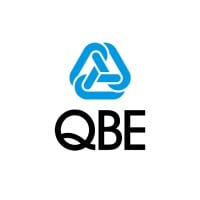
Suncorp Group
Suncorp offers insurance products and services through some of Australia and New Zealand’s most recognised brands. Our purpose is to build futures and protect what matters – the focus of our company for more than 100 years. With the passion of our people, and our portfolio of brands including AAMI, GIO, Vero, Bingle, Apia and more, our ambition is to be the leading Trans-Tasman insurer. We put our customers at the heart of every decision, and we genuinely care about our customers and the communities in which they live. At Suncorp, we are big on culture, which is why ours is built on trust, empowerment, and flexibility, to help our people unlock their full potential and unleash their best and brightest selves. A career with us is more than just a job, it is an opportunity to positively impact the lives of thousands of people through the work you do each day.






